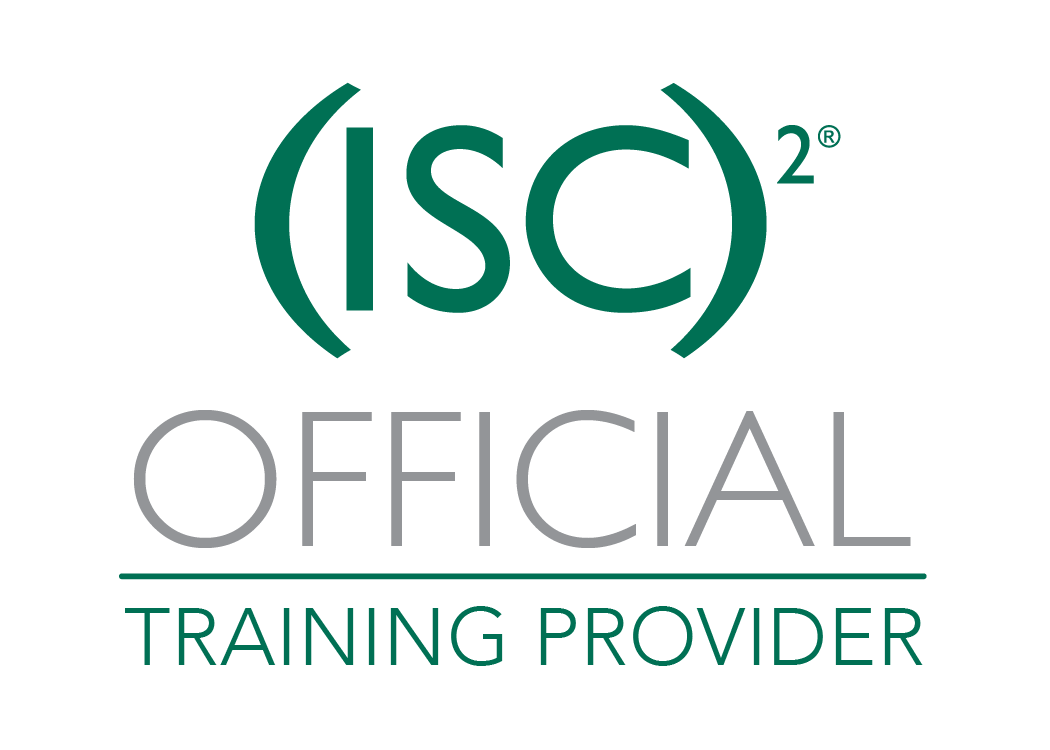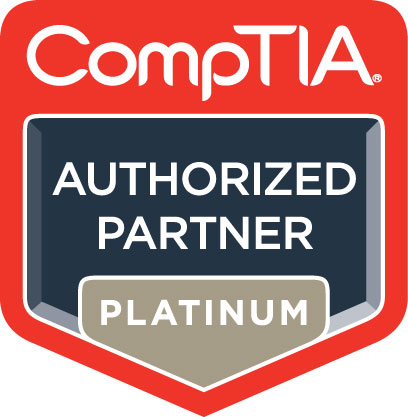Course Outline

Office 365 Administrator
MS537 | Day | 5 DaysThis is a five-day instructor-led training (ILT) course that targets the needs of IT professionals who take part in evaluating, planning, deploying, and operating Microsoft Office 365 services, including its identities, dependencies, requirements, and supporting technologies. This course focuses on skills required to set up an Office 365 tenant, including federation with existing user identities, and skills required to sustain an Office 365 tenant and its users.
Upcoming Dates:
- Jan 12, 2026 - Jan 16, 2026
- Feb 02, 2026 - Feb 06, 2026
- Mar 02, 2026 - Mar 06, 2026
- Apr 06, 2026 - Apr 10, 2026
- May 11, 2026 - May 15, 2026

Who should take this course
This course is intended for IT professionals who are responsible for planning, configuring, and managing an Office 365 environment. Students who attend this course are expected to have a fairly broad understanding of several on-premises technologies such as Domain Name System (DNS) and Active Directory Domain Services (AD DS). In addition, they should have a general understanding of Microsoft Exchange Server, Microsoft Lync Server or Skype for Business Server, and Microsoft SharePoint Server.
Course Objectives
By completing this course, students will learn how to:
Course Outline
Module 1: Planning and provisioning Office 365
This module reviews the features of Office 365 and identifies recent improvements to the service, and describes the process of provisioning an Office 365 tenant. This module also identifies the challenges in deploying Office 365 and the benefits of the Microsoft FastTrack for Office 365 approach, as compared to the traditional plan, prepare, and migrate deployment process.
Lessons
- Overview of Office 365
- Provisioning an Office 365 tenant
- Planning a pilot deployment
Module 2: Managing Office 365 users and groups
This module explains how to manage users, groups, and licenses, and configure administrative access by using the Office 365 console and the Windows PowerShell command-line interface. This module also explains how to manage user passwords and configure multi-factor authentication.
Lessons
- Managing user accounts and licenses
- Managing passwords and authentication
- Managing security groups in Office 365
- Managing Office 365 users and groups with Windows PowerShell
- Configuring administrative access
Module 3: Configuring client connectivity to Microsoft Office 365
This module covers the different types of client software that you can use to connect to Office 365. It also explains the infrastructure requirements that the clients need to connect to Office 365, in addition to how to configure different types of Office 365 clients.
Lessons
- Planning for Office 365 clients
- Planning connectivity for Office 365 clients
- Configuring connectivity for Office 365 clients
Module 4: Planning and configuring directory synchronization
This module explains how to plan, prepare, and implement directory synchronization as a methodology for user and group management in an Office 365 deployment. It explains how to prepare an on-premises environment, and install and configure directory synchronization. It also explains how to manage Office 365 identities after you enable directory synchronization.
Lessons
- Planning and preparing for directory synchronization
- Implementing directory synchronization by using Azure AD Connect
- Managing Office 365 identities with directory synchronization
Module 5: Planning and deploying Office 365 ProPlus
This module explains how to plan for a client deployment and ensure that users receive the tools that they need to interact with Office 365 effectively. It also explains the planning process, how to make Office 365 ProPlus directly available to end users, and how to deploy it as a managed package. Finally, it describes how to set up Office telemetry so that administrators can track how users are interacting with Microsoft Office.
Lessons
- Overview of Office 365 ProPlus
- Planning and managing user-driven Office 365 ProPlus deployments
- Planning and managing centralized deployments of Office 365 ProPlus
- Office Telemetry and reporting
Module 6: Planning and managing Exchange Online recipients and permissions
This module describes Exchange Online, and explains how to create and manage recipient objects, and how to manage and delegate Exchange security.
Lessons
- Overview of Exchange Online
- Managing Exchange Online recipients
- Planning and configuring Exchange Online permissions
Module 7: Planning and configuring Exchange Online services
This module explains how to plan for and configure email flow, in addition to anti-malware and anti-spam settings in Office 365. It also explains how to plan and configure policies for Exchange clients. Additionally, it describes how to plan and configure a migration to Exchange Online.
Lessons
- Planning and configuring email flow in Office 365
- Planning and configuring email protection in Office 365
- Planning and configuring client access policies
- Migrating to Exchange Online
Module 8: Planning and deploying Microsoft Teams
This module explains how to plan and configure Teams. It explains how to configure Teams user settings and clients, and plan for voice integration. It also explains how to transition from Skype for Business to Teams and how Teams integrates with other Office 365 services.
Lessons
- Teams Explained
- Deploying Teams
- Authentication and Access
- Transitioning Skype For Business to Microsoft Team
- Management and Reporting
Module 9: Planning and configuring SharePoint Online
This module describes how to configure SharePoint Online services. It explains how to plan and configure SharePoint site collections and external user sharing. It also provides a brief overview of additional portals, such as the video portal.
Lessons
- Configuring SharePoint Online services
- Planning and configuring SharePoint Online site collections
- Planning and configuring external user sharing
Module 10: Planning and configuring an Office 365 collaboration solution
This module describes how to enable and configure Yammer Enterprise. It also explains how to configure OneDrive for Business and Office 365 groups.
Lessons
- Planning and managing Yammer Enterprise
- Planning and configuring OneDrive for Business
- Configuring Office 365 groups
Module 11: Planning and configuring security and compliance in Office 365
This module describes the compliance features in Office 365 and how to manage them. It explains how to plan and configure Azure Information Protection. Additionally, it explains the security features in Office 365.
Lessons
- Overview of the compliance features in Office 365s
- Planning and configuring Azure Information Protection in Office 365
- Managing the compliance features in Office 365
Module 12: Monitoring and troubleshooting Microsoft Office 365
This module explains how to troubleshoot issues with Office 365 connectivity and services, and how to monitor Office 365 service health.
Lessons
- Troubleshooting Office 365
- Monitoring Office 365 service health





















